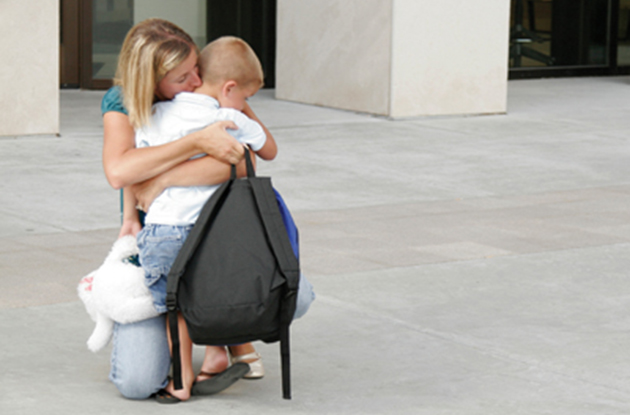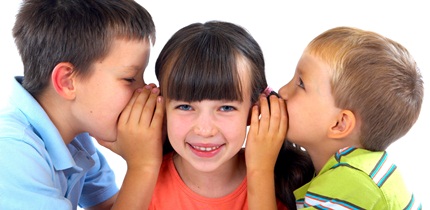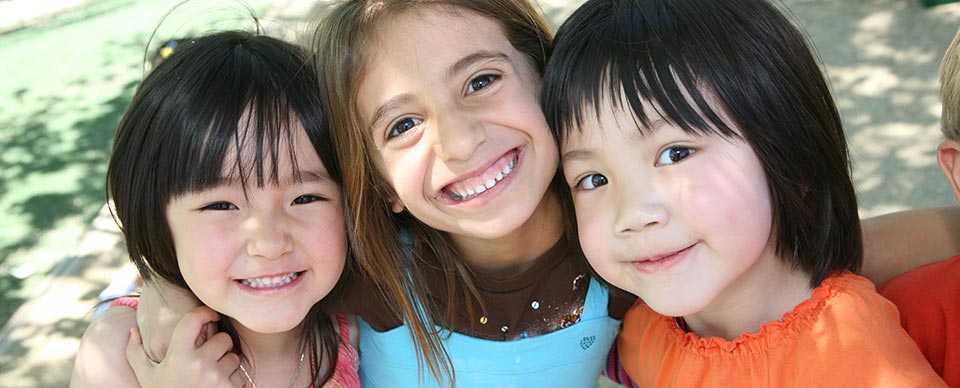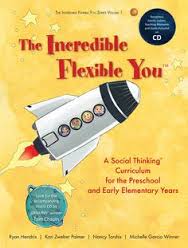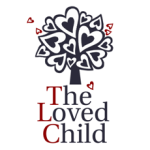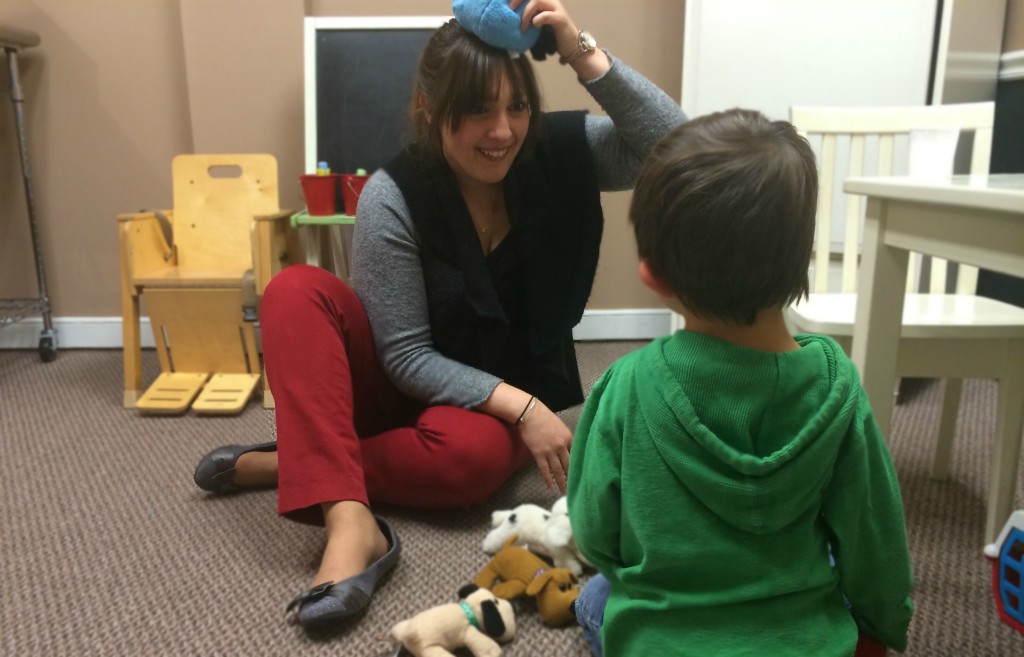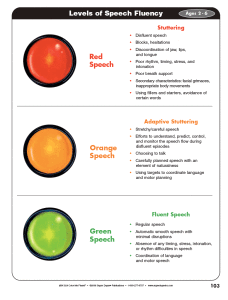
What is a lisp?
A lisp is considered a “functional speech disorder” which means that a child has difficulty learning to make certain speech sounds but the cause of the disorder is not known. Common signs of a lisp include having problems saying /s/, /z/, /r/, /l/ and /th/ due to trouble achieving the correct tongue position for pronouncing the /s/ and /z/ sounds. This usually occurs as if the child is replacing the /s/ or /z/ sound with a /th/ sound.
Although having a lisp may not reduce the intelligibility of, or the ability to understand, what the child is saying, it may impact the way others see them or the way they see themselves.
Types of Lisps
There are four types of lisps: Interdental (frontal), Dentalised, Lateral, and Palatal lisps.
Interdental (frontal) lisps refer to when the tongue sticks out between the front teeth and air-flow is directed forward. This results in /s/ and /z/ sounding like /th/.
- Interdental /s/ – “sad” → “thad”, “missing” → “mithing”, “saw” → “thaw”, “grass” → “grath”
- Interdental /z/ – “zip” → “thip”, “easy” → “eathee”, “buzz” → “buth”, “ways” → “wathe”
Dentalised lisps refer to when the tongue rests on/pushes against the front teeth and the air-flow is directed forward. This creates a slightly muffled sound.
Lateral lisps refer to when the tongue position is similar to a typical /l/ sound position and the air-flow is directed over the sides of the tongue. This makes the sounds sound “wet”, “spitty” or “slushy”.
Palatal lisps refer to when the mid-section of the tongue comes in contact with the soft palate in the far back of the mouth.
Some children and adults who lisp may have other tongue placement problems that results in trouble pronouncing the /sh/, /ch/, /zh/, and /dg/ sounds.
What to do if your child has a lisp?
Functional speech disorders, such as a lisp, can be treated successfully in both children and adults by a Speech Language Pathologist (SLP). Although treatment is usually short-term at a young age, it can be longer and more difficult if left untreated for too long. Typically developing children may produce interdental or dentalised lisps during their developmental phase and tend to grow out of it as they get older. If the lisp continues until they are about 4 ½ years old it is recommended that they see an SLP to be assessed. If a child is producing a lateral or palatal lisp they should be assessed without delay as these are not typical during the developmental phase and could be harder to treat if it becomes habitual.
Typical assessment involves the SLP evaluating your child’s communication skills in different ways. This includes the quality and fluency of their voice, and their semantic and pragmatic skills. The SLP will also assess your child’s mouth, mouth movements, tongue placement, palate structure and the function of these structures. After taking speech and language samples to assess, the SLP can determine what needs to be worked on.
What happens in therapy?
Intervention for lisps typically focuses on re-training the tongue to assume the correct position when producing certain sounds in order for the sounds to be as precise and clear as possible. For instance, the clinician would work on re-training the tongue to assume a more back position instead of a frontal position for an interdental (frontal) lisp.
Intervention for an interdental (frontal) lisp working on the /s/ sound may follow these steps:
- The first step in intervention is determining if the child can accurately tell the difference between the /s/, /z/ and /th/ sounds. This means finding out if the child can correctly identify which of the following is the right way to say a word, such as “soup” vs. “thoop”.
- The next step is to teach the child how to correctly make the new sound. This usually starts by isolating the sound in broken syllables (/s/: s-ay, s-oh, s-ee), followed by syllables (/s/: say, soh, see), and then words with the targeted sound at the beginning, middle, and end (/s/: song, messy, glass).
- After working on words, the clinician will move onto sentences using the words they have been working on, controlled conversations by the clinician, and then in regular conversation while phasing out modelling and reinforcement until the sounds are produced automatically and the child can self-correct when needed.



